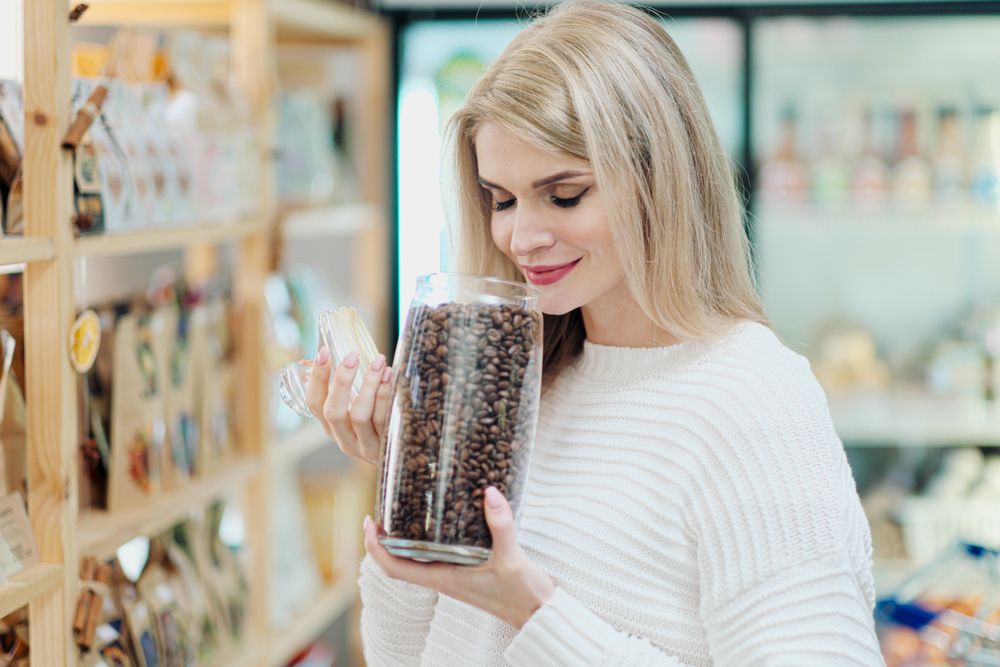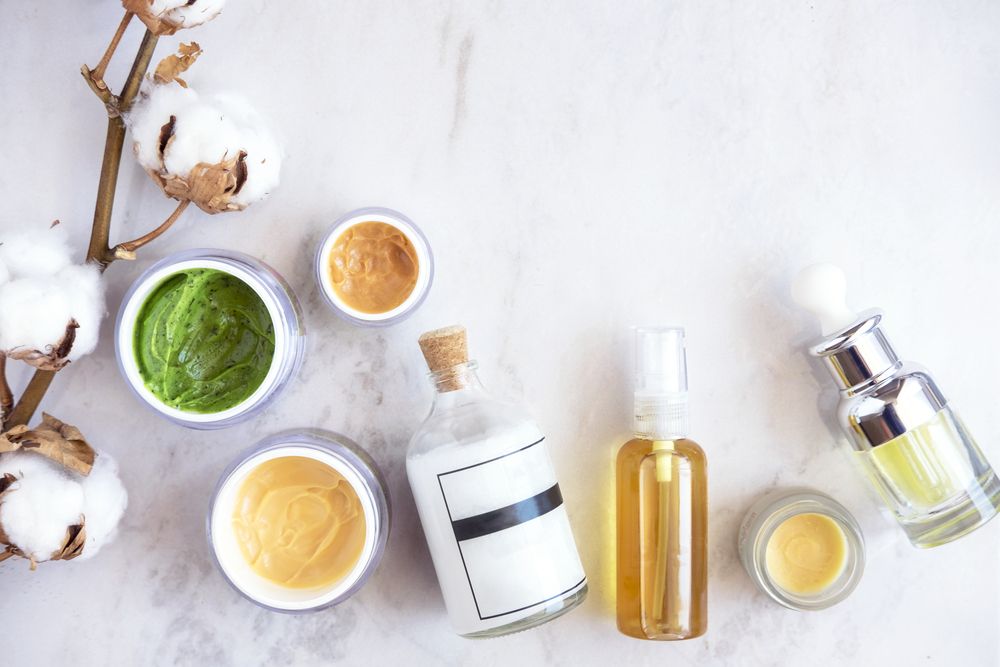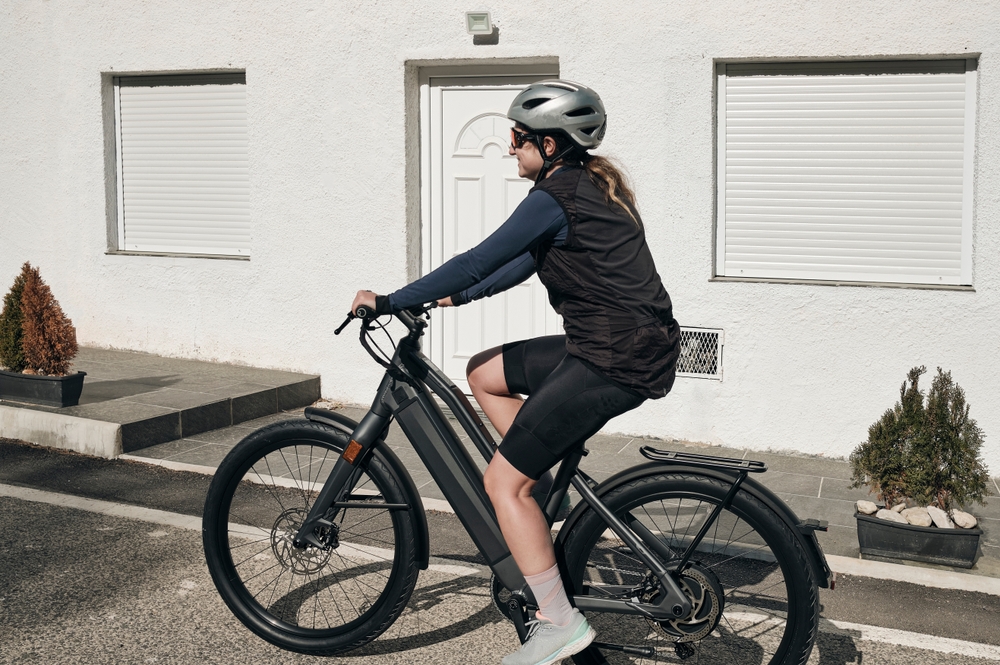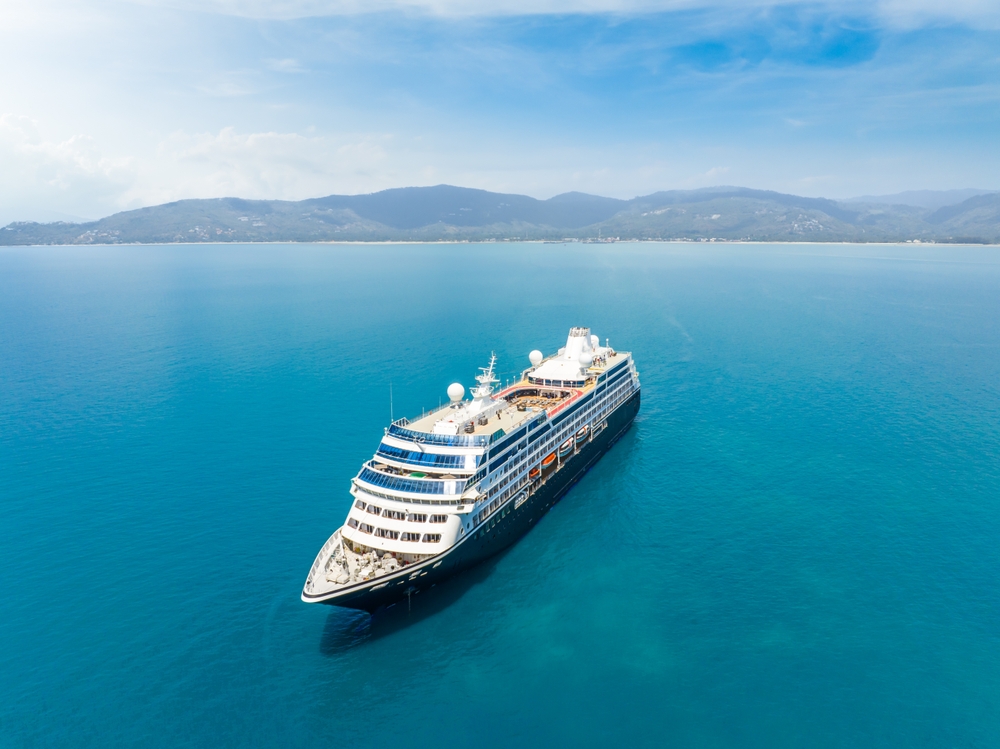Coffee is more than just a morning pick-me-up; for many people, it’s a ritual, a passion, and even an art form. Whether you’re a casual sipper or a home-brewing enthusiast, one thing is clear: the quality of your coffee starts with the beans you choose. But with so many options on the market, it can feel overwhelming to figure out which beans are right for you.
This guide will break down the essentials of selecting the best coffee beans — helping you make informed, confident choices that elevate your daily cup. Whether you love the punch of a bold espresso or the delicate notes of a light pour-over, the right beans can transform your coffee experience.
1. Know the Coffee Bean Types
Coffee primarily comes from two main plant species: Arabica and Robusta.
Arabica:
-
Known for smooth, nuanced flavors and balanced acidity.
-
Typically grown at higher elevations.
-
Contains less caffeine than Robusta.
-
Often more expensive but highly prized for its superior taste.
Robusta:
-
Stronger, more bitter taste with earthy, nutty undertones.
-
Higher caffeine content.
-
Hardier plants, often used in espresso blends or instant coffee.
While Arabica dominates specialty coffee, blends often include Robusta for added body and crema, especially in espresso.
2. Decide Between Single-Origin and Blends
When selecting beans, you’ll notice terms like single-origin and blend.
Single-Origin:
-
Beans come from one region, farm, or cooperative.
-
Offers distinct, traceable flavors tied to that location.
-
Great for exploring unique taste profiles.
Blends:
-
A combination of beans from different regions.
-
Designed for balance, consistency, and approachability.
-
Excellent for everyday drinking and espresso.
If you enjoy exploring different flavor nuances, start with single-origin beans. If you prefer a well-rounded, familiar cup, blends are a safe bet.
3. Understand Roast Levels
Roast level dramatically impacts flavor, aroma, and body.
Light Roast:
-
Highlights the bean’s natural flavors.
-
Brighter, sometimes fruity or floral notes.
-
Higher acidity, lighter body.
-
Best for pour-over or drip methods.
Medium Roast:
-
Balanced, smooth, and rounded flavors.
-
Notes of caramel, chocolate, or nuts.
-
Lower acidity, fuller body.
-
Versatile across many brew methods.
Dark Roast:
-
Deep, bold flavors with smoky or bitter undertones.
-
Less acidity, heavier body.
-
Often used for espresso or French press.
-
Can mask lower-quality beans, but delivers a familiar “strong” taste.
Choose a roast that aligns with your brewing method and personal taste.
4. Pay Attention to Freshness
Coffee is best enjoyed fresh. Look for bags with a roast date (not just a “best by” date), and aim to use beans within 2–4 weeks of roasting.
Freshness Tips:
-
Buy smaller amounts more frequently.
-
Avoid pre-ground coffee if possible — grinding fresh preserves aroma.
-
Store beans in an airtight, opaque container away from heat and light.
Fresh beans mean a fresher, more flavorful cup.
5. Match Beans to Your Brew Method
Different brewing methods emphasize different qualities.
Espresso:
-
Look for medium or dark roasts.
-
Blends are often used for balance and crema.
-
Finer grind required.
French Press:
-
Medium to dark roasts work well.
-
Coarse grind to avoid over-extraction.
Pour-Over or Drip:
-
Light or medium roasts highlight delicate flavors.
-
Medium grind recommended.
Cold Brew:
-
Dark roasts create smooth, chocolatey notes.
-
Coarse grind, long steep time.
Choosing beans that suit your method ensures the best extraction and taste.
6. Understand Flavor Profiles
Coffee tasting is as complex as wine — there’s a wide spectrum of flavors you can explore.
Common Flavor Notes by Region:
-
Latin America: Nutty, chocolatey, sometimes fruity.
-
Africa: Bright, floral, citrusy, or berry-like.
-
Asia (Sumatra, Indonesia): Earthy, spicy, full-bodied.
Reading tasting notes on the bag can help guide your selection. Don’t be afraid to experiment — you may discover surprising favorites.
7. Check for Ethical Sourcing
Sustainability matters. Supporting ethical coffee ensures fair wages, environmental stewardship, and community impact.
Certifications to Look For:
-
Fair Trade: Ensures fair prices and labor practices.
-
Organic: Grown without synthetic pesticides or fertilizers.
-
Rainforest Alliance: Promotes environmental sustainability and biodiversity.
Buying from reputable roasters who prioritize ethical sourcing helps protect the planet and support farmers.
8. Consider Your Caffeine Preferences
If you’re sensitive to caffeine or want a gentler brew, opt for Arabica beans or decaf options (often made using Swiss Water Process for chemical-free decaffeination).
On the flip side, if you need a bold kick, blends with Robusta beans or stronger dark roasts will deliver higher caffeine content.
9. Set a Smart Budget
Coffee prices range widely.
General Price Guide:
-
Budget ($10–$15/lb): Basic blends, grocery store options.
-
Mid-range ($15–$25/lb): Specialty roasts, local roasters, single-origin beans.
-
Premium ($25+/lb): Microlot, rare, or competition-level beans.
Investing a little more in quality beans can elevate your coffee experience dramatically — but you don’t have to break the bank for a great cup.
Pro Tips for Buying and Storing Coffee
-
Buy whole beans for maximum freshness.
-
Grind just before brewing using a burr grinder.
-
Avoid freezing or refrigerating beans, which can introduce moisture.
-
Explore subscriptions or local roasters to get fresh, rotating options.
Small changes in buying and storage can make a big difference in taste.
Bonus: Don’t Be Afraid to Experiment
Coffee is personal. You might love a fruity Ethiopian light roast while your friend swears by a bold Sumatran dark roast — and that’s the beauty of it.
Ways to Explore:
-
Visit local roasteries or coffee shops to sample before buying.
-
Join coffee tastings or cupping events to refine your palate.
-
Try a coffee subscription service to explore a range of beans.
The more you taste, the more confident you’ll become in choosing beans that match your preferences.





